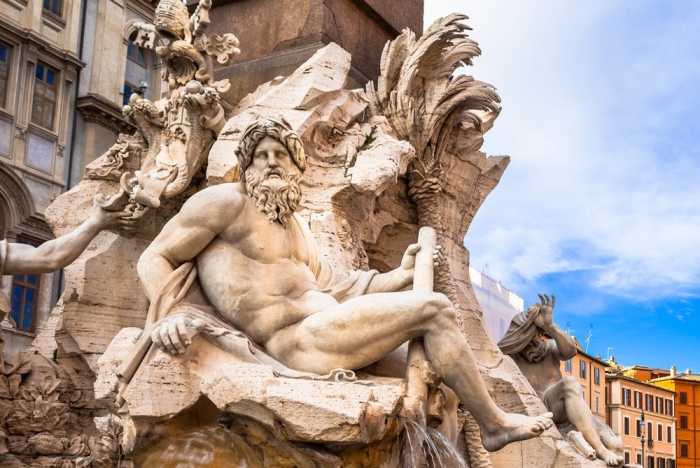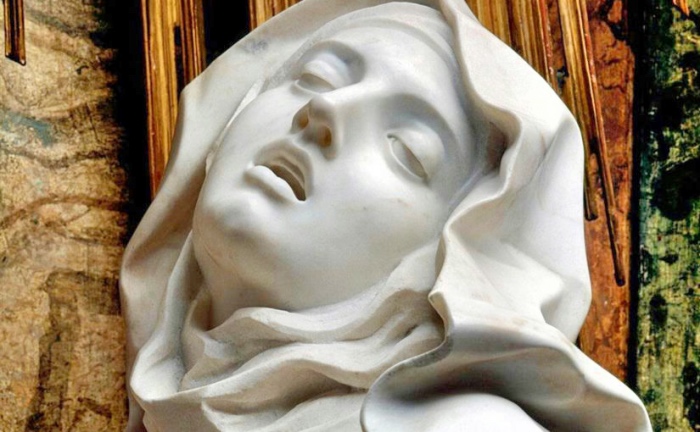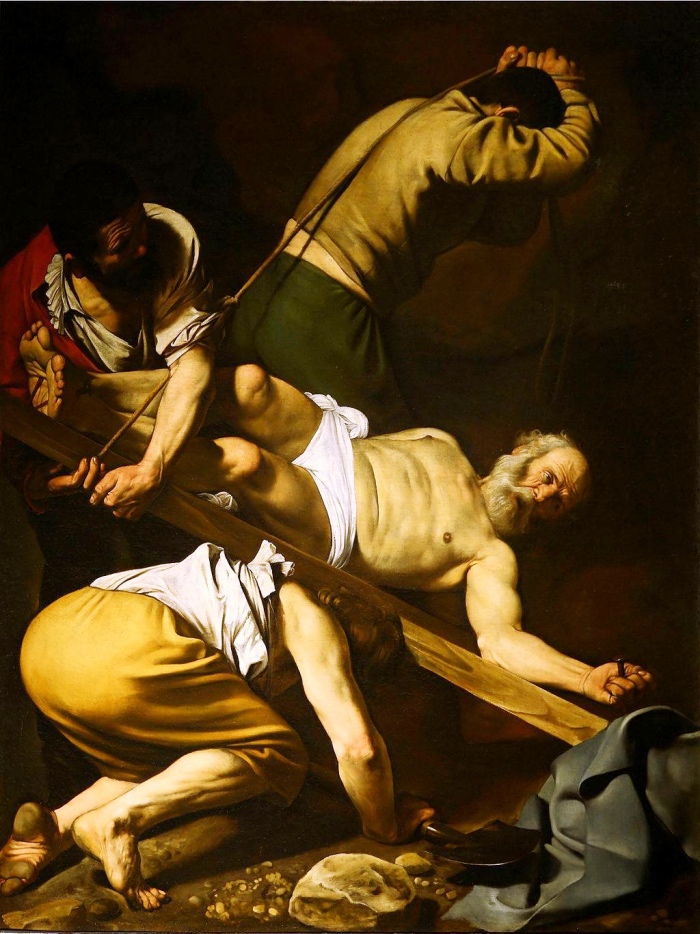
The Italian 17th century is marked by the explosion of the Baroque, an art that exalts the theatricality of forms and the artificiality of the work that deceives the eye of the beholder with surprising inventions.
The Baroque challenges what had been the principles of the Renaissance, namely balance and measure. It was a complete renewal of art involving both painting and sculpture but also architecture, changing the face of large cities such as Rome.
Here, and I invite you to discover the true meaning of the Baroque and the artists who were the protagonists of this phenomenal season.
What is Baroque: what it means, when it was born, who the artists are

WHEN THE BAROQUE WAS BORN
The birth of the Baroque is closely connected with the historical situation of the Church in the 17th century, which was engaged in the struggle against the Protestant Reformation.
The Catholic Church had in fact decided to use art as an instrument of religious propaganda to rally the faithful around it and offer a more attractive alternative to the Protestants.
Thus Baroque art was born, which had to express richness and splendour, but at the same time had to be understandable and affordable for everyone.
Artists were therefore called upon to use their creativity and imagination to the full, creating works with surprising effects. The result was the birth of a new artistic language using scenic and theatrical effects that can still amaze anyone today.
Baroque artists used decoration, stucco work and daring perspectives to create the illusion of scenic spaces and make the viewer’s eye perceive an illusory space.
In a short time, the Baroque took over and conquered popes, kings, and modest squires, who wanted to live in opulent, stage-like surroundings in which to display their power.
WHERE THE BAROQUE IS DEVELOPED
In the 17th century, Rome was the capital of European art and it was here that Baroque art developed, thanks also to the will of the church that wanted to oppose the Protestant Reformation at all costs.
The fundamental values on which the Baroque language was based were spectacularity, grandiosity, illusionism and dynamism. The artists did not have to demonstrate their talent in depicting the reality of things but had to astonish the audience with their technical skill in finding solutions of great scenic effect.

Caravaggio, Crocefissione di San Pietro (1600-1601) – Santa Maria del Popolo, Roma.
THE ARTISTS OF THE BAROQUE
The originator of the Baroque artistic language, which exalted creativity and imagination, was Gian Lorenzo Bernini. He was an architect sculptor and created buildings and sculptures that satisfied the public’s and collectors’ desire to be amazed.
His works provided the idea of movement and continuous transformation, when spectators then and now marvelled.
Masterpieces such as the Rape of Proserpine in the Galleria Borghese or the Ecstasy of Saint Theresa in the Church of Santa Maria della Vittoria in Rome are the most important examples of the values and significance of the Baroque.
The other great protagonists of the Baroque era were Francesco Borromini, Caravaggio, Andrea Pozzo and Piero da Cortona. All artists characterised by great theatricality and a desire to amaze.


Come si può insistere nel sostenere Caravaggio pittore barocco?? Fu pittore della controriforma ma non Barocco, secondo il mio modestissimo parere
I temi principali dell’iconografia controriformista furono la centralità dei sacramenti e il ruolo della Vergine e dei Santi come figure di mediazione tra il fedele e Dio. Caravaggio usa le prostitute per rappresentare la Vergine e uomini di strada per rappresentare i Santi. Inoltre i suoi amanti sono i modelli per le personificazioni di soggetti mitologici. Caravaggio era un ribelle mentre gli artisti della Controriforma erano completamente dediti a ristabilire l’ordine sacro.
Eu acho que na arquitetura nenhum chegou perto do Andrea Pozzo.